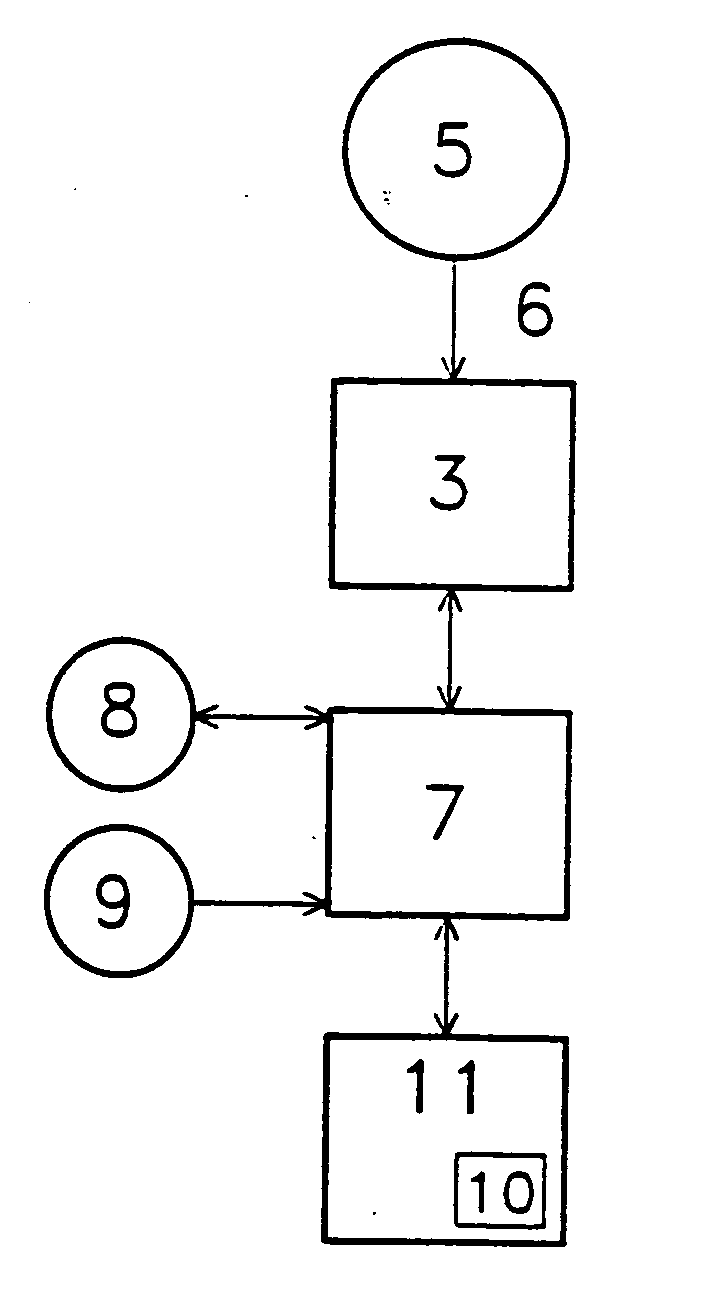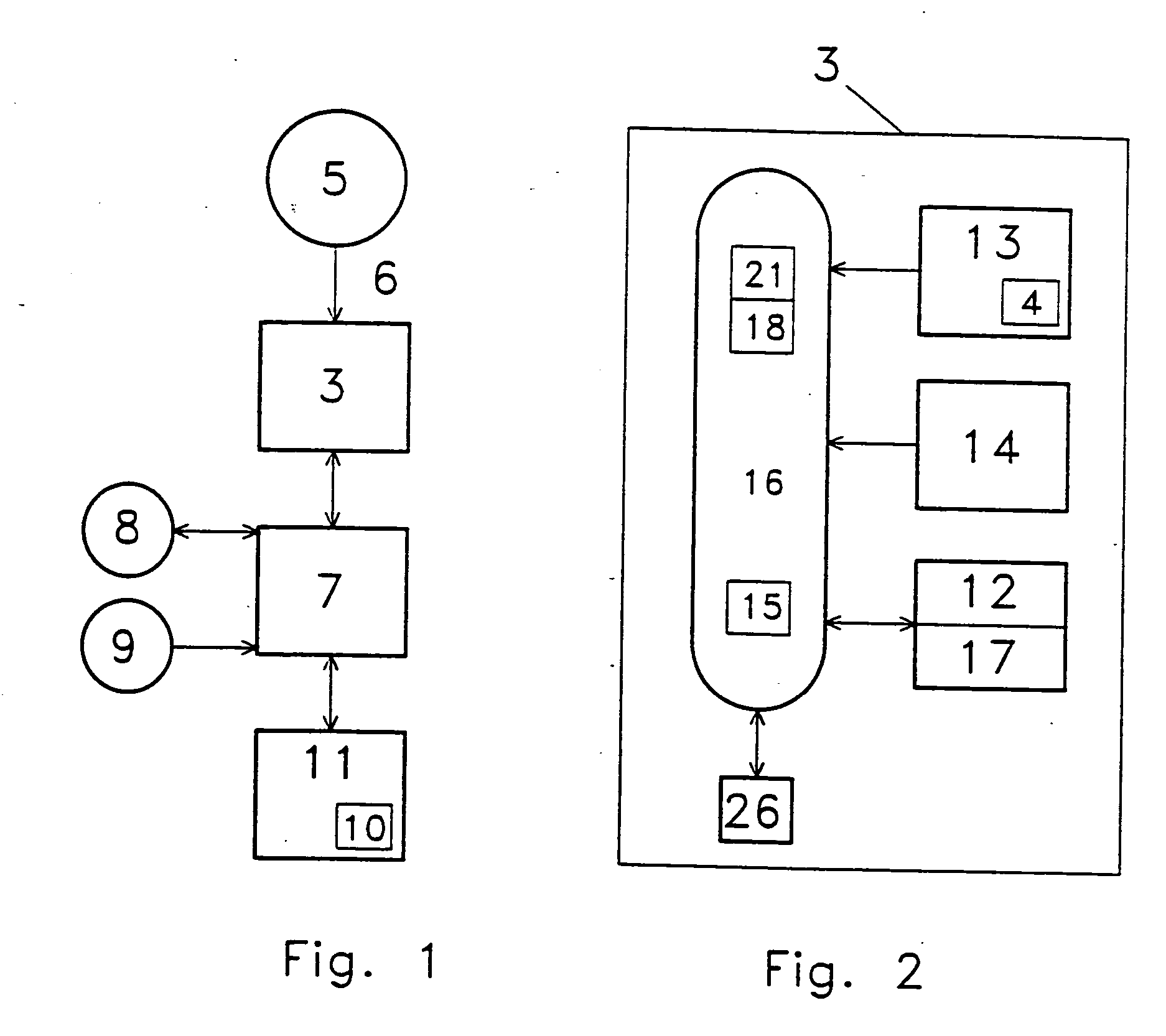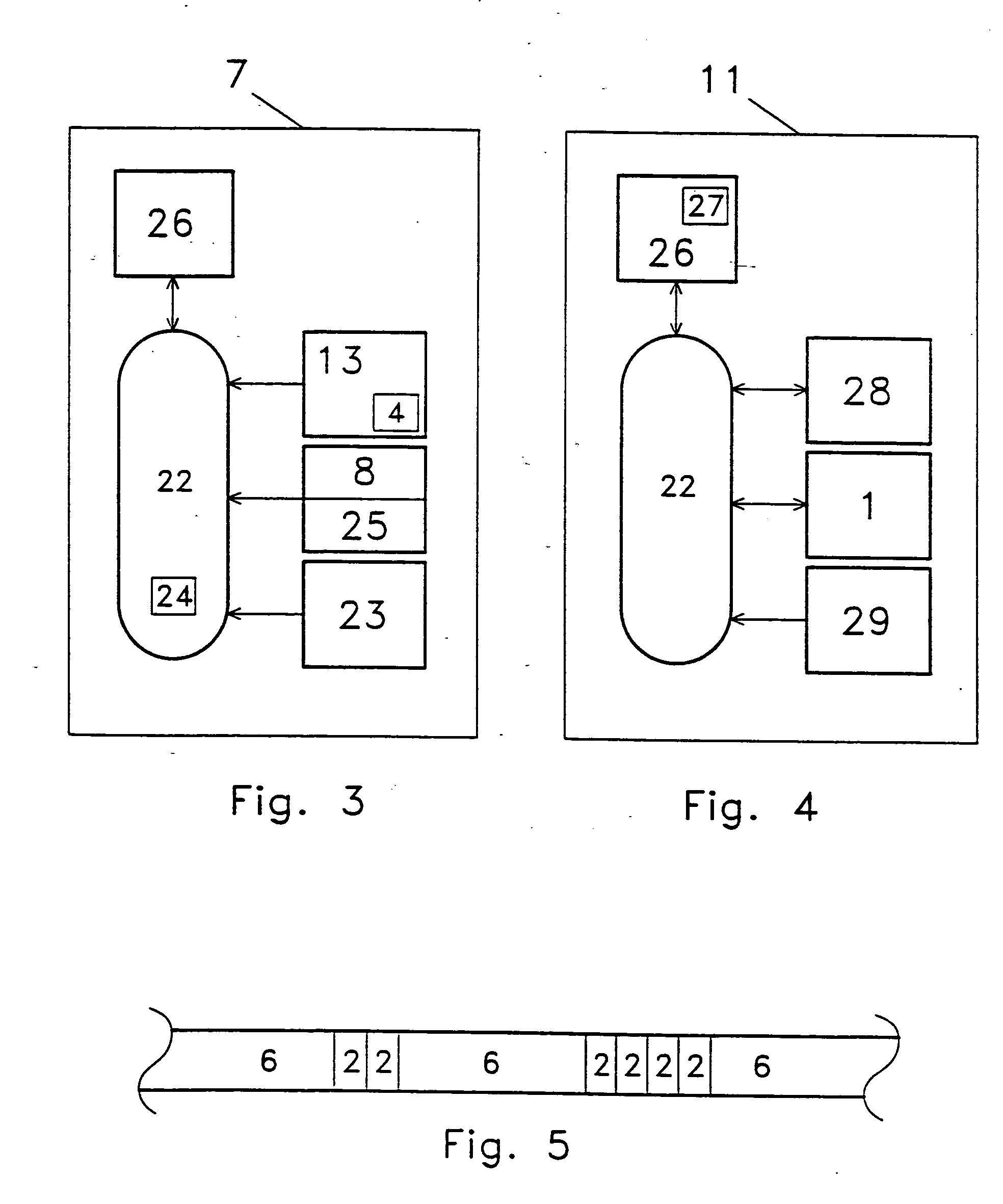Creation of database and structured information
a database and structured information technology, applied in the field of database and structured information creation, can solve the problems of difficult to capture structured data format, inability to work, and inefficient environments for capturing data, so as to save the career of transcriptionists, reduce the compensation of transcriptionists, and increase the cost of physicians
- Summary
- Abstract
- Description
- Claims
- Application Information
AI Technical Summary
Benefits of technology
Problems solved by technology
Method used
Image
Examples
Embodiment Construction
[0023] From a more general view, the invention involves systems, methods, and devices to create structured data, that is data which is in a format that it can be readily used in a particular environment. The system is designed to provide an easily used data creation process where the initial content generator need not have any specialized knowledge. It is designed to permit verbal information entry and to take that input and proceed through a process whereby an end result is a perhaps even a highly structured database (1) of information, perhaps even including embedded data tags (2) or other structure which can enable more appropriate--or more easy--use of the data. As should be easily appreciated, the invention has application to a variety of fields. Literally any field in which information is generated and is desired to be used may benefit to some degree by the various elements of the invention. In this regard, it should also be understood that although the invention will frequent...
PUM
 Login to View More
Login to View More Abstract
Description
Claims
Application Information
 Login to View More
Login to View More - R&D
- Intellectual Property
- Life Sciences
- Materials
- Tech Scout
- Unparalleled Data Quality
- Higher Quality Content
- 60% Fewer Hallucinations
Browse by: Latest US Patents, China's latest patents, Technical Efficacy Thesaurus, Application Domain, Technology Topic, Popular Technical Reports.
© 2025 PatSnap. All rights reserved.Legal|Privacy policy|Modern Slavery Act Transparency Statement|Sitemap|About US| Contact US: help@patsnap.com



